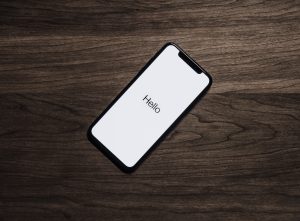Safeguarding information in the digital workplace is an ongoing concern, particularly regarding collaboration tools like Slack. In this blog post, we will delve into the security measures implemented by Slack, offering insights into how they protect your workspace. We will also share best practices that can help enhance the security of your Slack environment.
Additionally, we will address common concerns regarding data privacy and encryption, clarifying how Slack handles these important aspects. Join us as we navigate the world of information security in collaboration tools, empowering you with the knowledge to create a secure digital workspace.
Before moving further, let’s highlight the most asked question: Is Slack Secure?
Slack ensures the protection of user data by availing a set of native features. Through security practices consistent with protocol dictates, Slack safeguards sensitive information properly. The platform maintains a dedicated team keeping vigil on securing and improving infrastructure to ward off possible threats.
While any system cannot claim total immunity to security risks, Slack takes security seriously and empowers users with the tools to fortify their workspaces. However, it’s important to remember that the overall security of a Slack environment relies on the security controls implemented by administrators and the responsible behaviors of individual users within that space.
How Does Slack Handle the Data of Its Users and Manage Security?

Slack takes care of keeping your data as secure as possible. The company employs encryption using the industry-standards protocols of AES256, TLS 1.2 encryption, FIPS 140-2 and SHA2 signatures standards in-transit and at-rest. This ensures that no part of the data gets leaked during its transfer on the platform.
To help bolster its security efforts, Slack has a dedicated security team that constantly monitors and runs audits to identify potential vulnerabilities as well as assist in patching them up. This proactive approach helps maintain a secure enclave for users.
Finally, Slack takes data protection seriously by regularly backing up the data and taking disaster recovery precautions. The steps above help lessen the possibility of losing valuable information without prior notice since it remains accessible and intact in unforeseen eventualities. By using these stringent security measures and ongoing monitoring, Slack aims to build confidence in its users that their data is secure. At the same time, they work together and communicate within the platform.
Now we are going to reveal best security practices below:
Domain and Email Verification
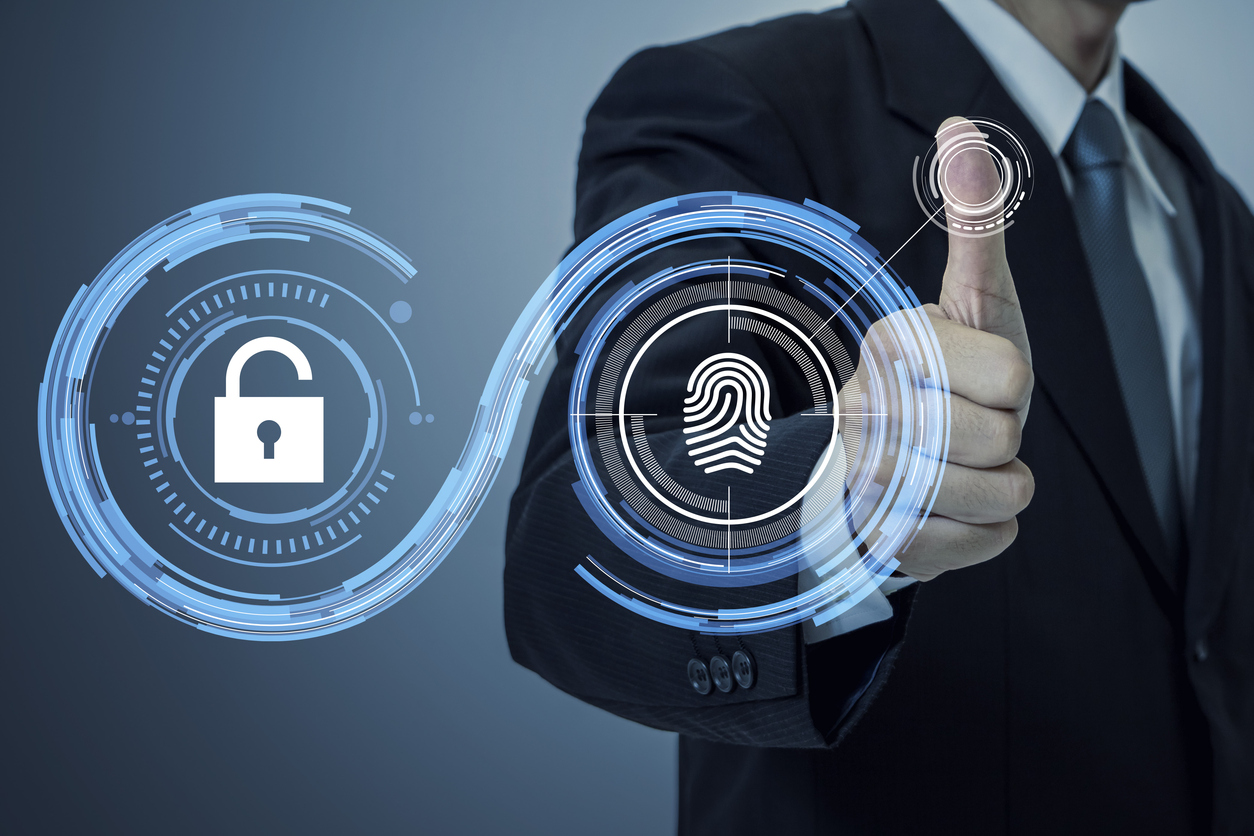
Ensuring user email and domain verification is a crucial step for administrators to secure Slack workspaces. By confirming the legitimacy of users’ identities, this practice helps prevent unauthorized access and phishing attacks, significantly reducing data risks within the platform. Implementing robust verification measures enhances overall data security and promotes a safe collaboration environment for users.
Two-Factor Authentication
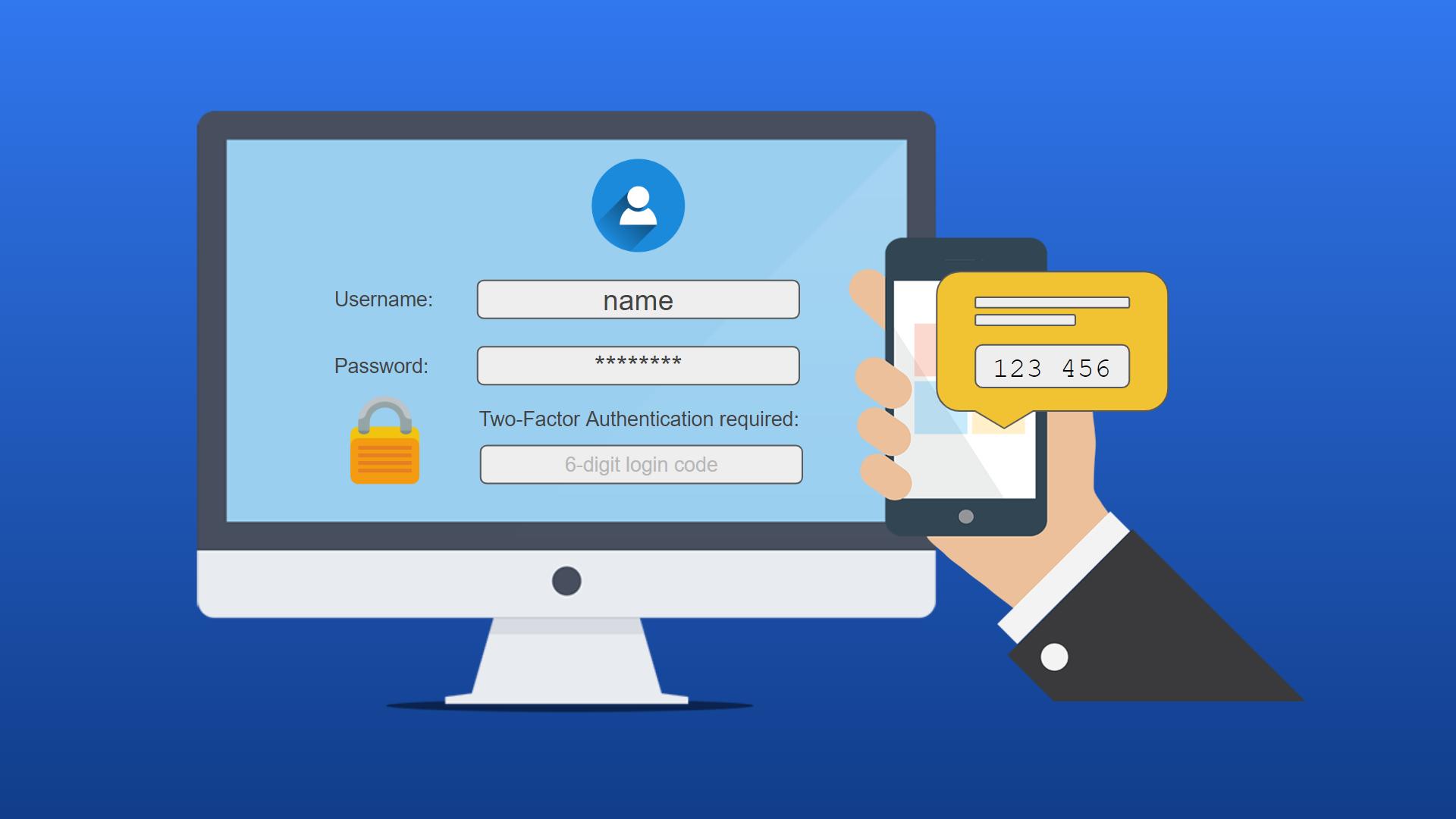
To enhance the security of Slack, 2FA plays a vital role. It adds an extra layer of protection by requiring users to go through a two-step login process. This prevents unauthorized access to the Slack environment, even if a user’s password is compromised. Moreover, 2FA strengthens data security and provides reassurance to users by safeguarding the workspace against potential hack attempts.
Single Sign-on

Slack has implemented a security feature called Single Sign-On (SSO), which is gaining wide acceptance. SSO allows users to verify their login using a central identity provider like Okta or Microsoft Azure Active Directory, eliminating multiple password requirements.
Moreover, SSO adds an extra layer of protection to workspaces by verifying users through a trusted third-party identity infrastructure. This integration of SSO enhances data security in Slack, making user authentication easier while strengthening the platform against unauthorized access attempts.
Session Duration in Slack
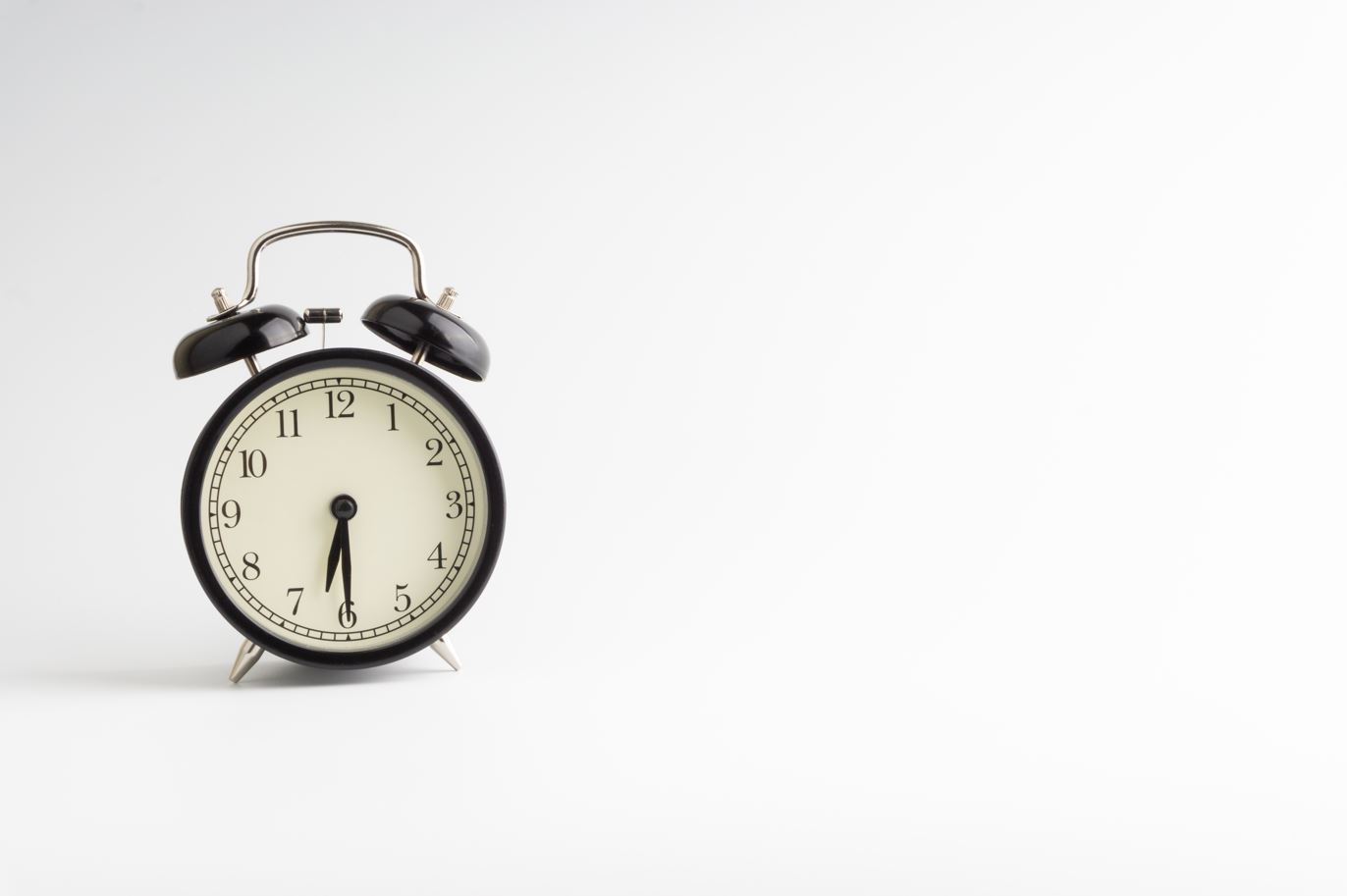
Implementing session duration limits in Slack is an important safety measure. By automatically logging out users who are inactive for a certain time, this helps prevent unauthorized access caused by forgetting to log out or leaving devices unattended. This greatly improves the security of Slack workspaces and ensures that sensitive information is kept safe, reassuring users as they use the platform.
Guest Accounts in Slack

Slack’s guest accounts are a useful tool that allows external collaborators or contractors to access workspaces without full user accounts. This flexible feature allows administrators to control third parties’ privileges temporarily. Also, guest accounts make it easy to revoke access when no longer needed, improving security and promoting seamless collaboration with external partners.
Deactivate Old Slack Accounts

It is essential to regularly review and disable old accounts in order to maintain security in Slack workspaces. This proactive strategy includes removing access for former employees, contractors, or individuals who no longer need it. Doing this greatly reduces the risk of unauthorized access through unused accounts, creating a secure and protected environment. Disabling inactive accounts on time helps preserve data integrity and ensures that only authorized personnel can access the Slack workspace.
Limit Slack Application and Bots
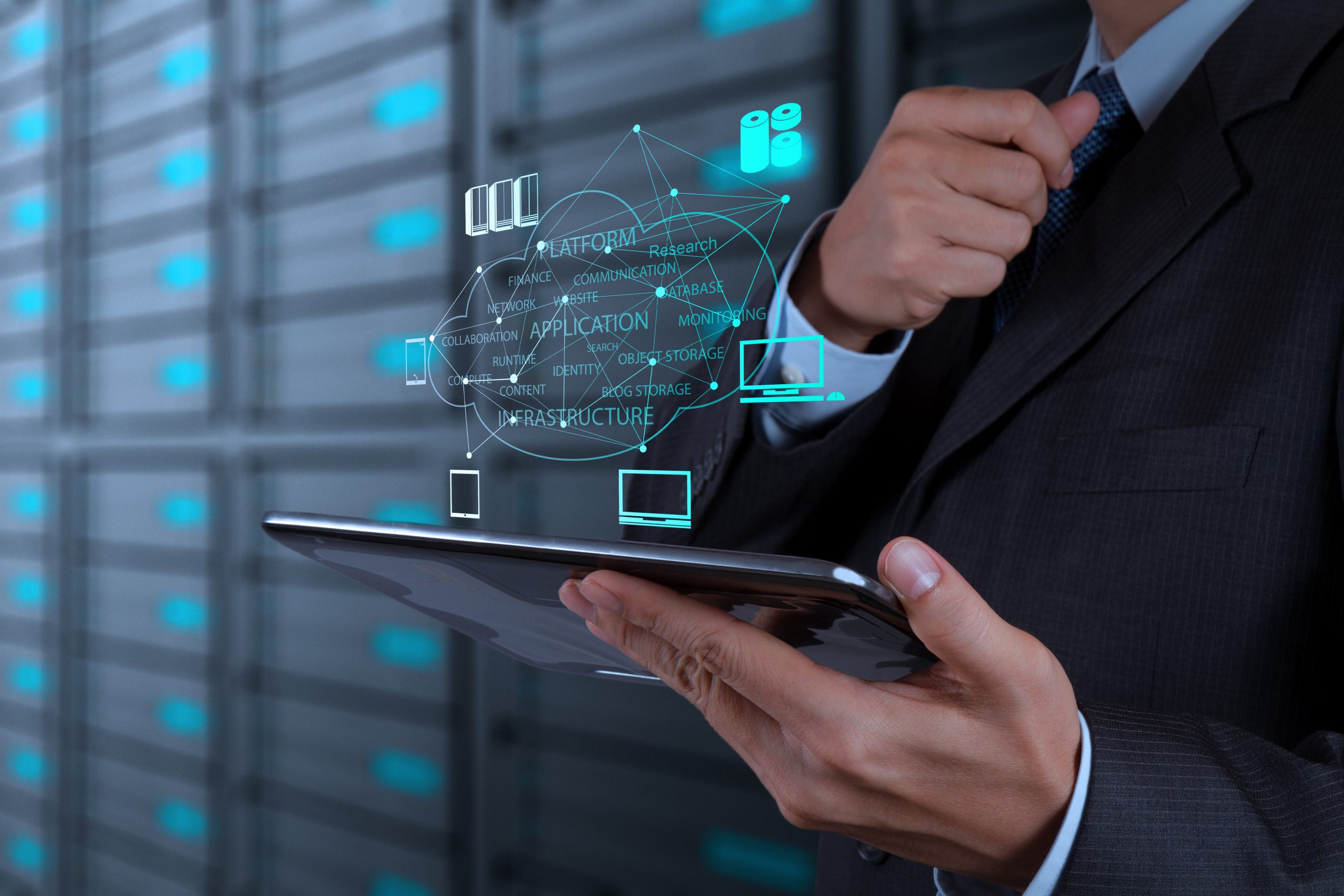
To increase efficiency, combining bots and apps in Slack is important. However, it is crucial to handle them with care to maintain security. To ensure everything is secure, limiting installations and checking permissions is crucial. Only trusted and necessary integrations should be given access, and their permissions should be reviewed periodically. Administrators can have even more control by limiting workspaces to pre-approved integrations or requiring manual approval for new applications. This method simplifies the review process and contributes to maintaining a secure environment, protecting sensitive information, and ensuring the effective use of bots and apps in Slack.
Conclusion

It is crucial to prioritize the security of a Slack environment to protect valuable information and facilitate efficient teamwork. Organizations can enhance data protection and minimize potential risks by incorporating essential security measures like Two-Factor Authentication (2FA), Single Sign-On (SSO), session duration limits, and careful management of guest accounts.
Moreover, ensuring only trusted integrations are granted access by cautiously reviewing and controlling bots and apps further strengthens the platform’s security. By upholding these security practices, organizations can confidently rely on Slack for secure and effective collaboration and communication.

